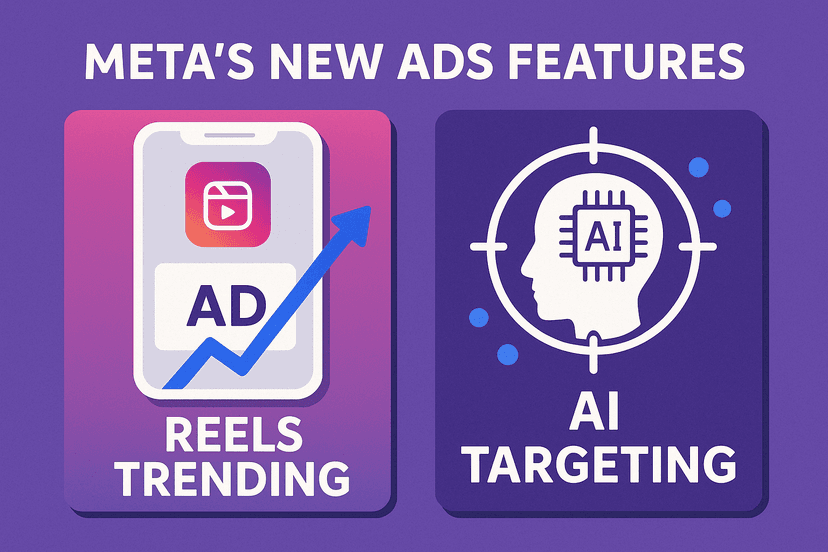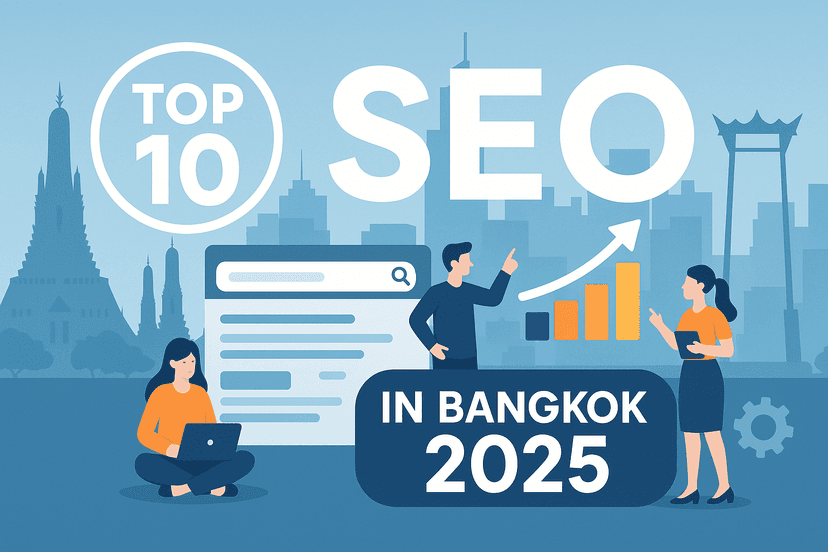Introduction
The digital marketing landscape is witnessing a significant transformation as Meta introduces advertising on WhatsApp, one of the world’s most popular messaging platforms with over 2 billion users globally. This strategic move marks a pivotal shift in Meta’s approach to monetizing WhatsApp while attempting to balance revenue generation with the platform’s long-standing commitment to user privacy and seamless communication.
For years, WhatsApp remained largely ad-free, distinguishing itself from other social media platforms in Meta’s portfolio. However, as the company seeks to diversify its revenue streams and capitalize on WhatsApp’s massive user base, the introduction of Meta launch ads in WhatsApp represents a natural progression in the platform’s evolution. This development opens up new opportunities for businesses to connect with consumers in more direct and engaging ways.
The integration of advertising into WhatsApp has been carefully designed to maintain the integrity of the user experience while creating valuable touchpoints for businesses. Rather than disrupting private conversations, Meta has strategically positioned these advertising opportunities within specific sections of the app, ensuring that the core messaging functionality remains unaffected.
Understanding WhatsApp’s New Advertising Features
Meta’s approach to implementing ads in WhatsApp demonstrates a thoughtful consideration of the platform’s unique characteristics. Instead of inserting advertisements directly into private conversations, the company has introduced them in the “Updates” tab, which houses both the Status feature and Channels.
The Status feature, similar to Instagram Ads Service, allows users to share ephemeral content that disappears after 24 hours. By placing advertisements between user-generated Status updates, Meta has created a natural flow that mimics the experience of viewing ads on other social platforms while keeping personal chats ad-free.
Channels, a relatively new addition to WhatsApp, function as broadcast lists where businesses, organizations, and public figures can share updates with their followers. The introduction of Promoted Channels enables businesses to increase their visibility by having their channel featured prominently within the app, potentially reaching users who might not otherwise discover them.
Additionally, Meta has introduced Channel Subscriptions, allowing channel owners to offer exclusive content to subscribers for a monthly fee. While Meta currently does not take a commission from these subscriptions, there are plans to implement a 10% fee in the future, creating another revenue stream for both creators and the platform.
How Meta Launch Ads in WhatsApp Work
The implementation of Meta launch ads in WhatsApp follows a strategic approach that integrates advertising content within the existing framework of the application. Here’s a deeper look at how these ads function:
Status Ads appear between user Status updates, similar to how ads are displayed in Instagram Stories. When users tap through Status updates from their contacts, they may encounter advertisements that are clearly marked as such. These ads can include images, videos, and call-to-action buttons that direct users to further engage with the advertised content.
Promoted Channels function as a discovery tool, helping businesses increase their visibility within the WhatsApp ecosystem. These promotions appear in the Channels section, allowing businesses to reach potential followers who might be interested in their content but haven’t yet discovered their channel.
The ads are gradually being rolled out worldwide, with Meta taking a measured approach to ensure that the introduction doesn’t negatively impact user experience. This phased deployment allows the company to gather feedback and make necessary adjustments before a full-scale implementation.
Benefits for Businesses
The introduction of Meta launch ads in WhatsApp presents numerous advantages for businesses seeking to expand their Digital Marketing For Startups:
Unprecedented Reach: With billions of active users, WhatsApp offers businesses access to a vast and diverse audience. This extensive reach can be particularly valuable for brands looking to expand into markets where WhatsApp serves as the primary communication platform.
Enhanced Engagement: WhatsApp’s personal nature allows for more direct and meaningful interactions with potential customers. When users interact with an ad, businesses can initiate conversations that feel more personal than traditional advertising channels.
Seamless Customer Journey: The integration of advertising within WhatsApp enables businesses to create a smooth transition from ad exposure to conversation. This streamlined customer journey can lead to higher conversion rates as friction points are minimized.
Targeted Messaging: While respecting privacy constraints, businesses can still deliver relevant content based on limited data points such as location and language preferences, ensuring that their messages reach the most appropriate audience.
New Revenue Streams: For content creators and businesses with WhatsApp Channels, the subscription model offers an opportunity to monetize exclusive content, creating a sustainable income source beyond traditional advertising.
Impact on User Experience
The introduction of Meta launch ads in WhatsApp naturally raises questions about how these changes might affect the user experience on a platform that has historically been ad-free. Meta has taken several steps to minimize potential disruption:
Contained Advertising Spaces: By limiting advertisements to the Updates tab, Meta ensures that the core messaging functionality remains uninterrupted. Users who primarily use WhatsApp for private conversations may rarely encounter ads if they don’t frequently check Status updates or Channels.
Non-Intrusive Design: The ads are designed to blend seamlessly with the existing content format, maintaining a consistent visual experience. This approach helps prevent ads from feeling jarring or out of place within the app.
Optional Engagement: Users have complete control over whether they interact with advertisements. They can easily skip Status ads by tapping forward or ignore Promoted Channels without any penalty to their overall experience.
Preserved Privacy: Perhaps most importantly, the introduction of ads does not compromise WhatsApp’s commitment to end-to-end encryption for personal messages. This ensures that private conversations remain private, maintaining user trust in the platform.
Privacy Considerations
Privacy remains a cornerstone of WhatsApp’s value proposition, and Meta has emphasized that the introduction of advertising will not compromise this fundamental aspect of the platform. Several key privacy protections have been highlighted:
End-to-End Encryption: All personal messages, calls, and even Status updates continue to be protected by end-to-end encryption, ensuring that only the intended recipients can access the content.
Limited Data Usage: Unlike other platforms that might use extensive personal data for ad targeting, WhatsApp ads utilize minimal information such as the user’s country, language preferences, and interactions with Channels. Crucially, phone numbers and the content of personal messages are not used for ad targeting purposes.
Transparent Controls: Users have access to clear information about how their data is used for advertising purposes, along with controls to manage their ad preferences.
Optional Engagement: Users who prefer to avoid advertisements can simply choose not to interact with the Updates tab, effectively maintaining an ad-free experience if they use WhatsApp primarily for messaging.
These privacy safeguards demonstrate Meta’s attempt to balance commercial interests with user privacy, a challenging equilibrium that will likely be closely scrutinized as the advertising features roll out more widely.
Setting Up Meta Ads in WhatsApp
For businesses interested in leveraging Meta launch ads in WhatsApp, the process integrates with Meta’s existing advertising infrastructure. Here’s an overview of how to get started:
The primary gateway for creating WhatsApp ads is through Meta’s Ads Manager, the centralized platform for advertising across Meta’s family of apps. Businesses familiar with creating Facebook or Instagram ads will find the process similar, with WhatsApp-specific options now available.
When setting up a campaign, advertisers can select WhatsApp as a placement option, specifically targeting Status ads or Promoted Channels. The setup process includes defining the target audience, setting a budget, creating the ad content, and establishing campaign objectives.
For Channel promotions, businesses need to first establish a WhatsApp Channel before they can promote it. This requires having a WhatsApp Business account and following the channel creation process within the app.
Ad formats supported include images, videos, and carousels, with specific technical requirements to ensure optimal display within the WhatsApp environment. Call-to-action options are available to direct users toward desired outcomes, such as visiting a website, initiating a WhatsApp conversation, or following a Channel.
Best Practices for WhatsApp Advertising
To maximize the effectiveness of Meta launch ads in WhatsApp, businesses should consider these best practices:
Create Native-Feeling Content: Design ads that blend naturally with the WhatsApp environment, using a conversational tone and visual style that matches user-generated content on the platform.
Focus on Value: Given the personal nature of WhatsApp, ads should provide clear value to users rather than simply promoting products. Educational content, exclusive offers, or solutions to common problems tend to perform better.
Keep It Concise: WhatsApp users are accustomed to quick, digestible content. Advertisements should be brief and immediately engaging, with a clear message that can be absorbed in seconds.
Leverage Interactivity: Where possible, include interactive elements that encourage engagement, such as polls, questions, or swipe-up actions that initiate conversations.
Respect Privacy Sensitivities: Be transparent about data usage and avoid messaging that might raise privacy concerns among users who value WhatsApp for its security features.
Test and Optimize: As with any advertising channel, continuous testing and refinement based on performance data will yield the best results. Pay particular attention to engagement metrics that indicate how users are interacting with your ads.
Future of WhatsApp Monetization
The introduction of Meta launch ads in WhatsApp likely represents just the beginning of the platform’s monetization journey. Several potential developments may shape the future landscape:
Expanded Ad Placements: While ads are currently confined to the Updates tab, future iterations might explore additional placements that maintain the platform’s user experience while creating new opportunities for advertisers.
Enhanced Business Tools: WhatsApp has been steadily building out its business features, and we can expect further integration between advertising and customer service capabilities, creating a more comprehensive business solution.
Advanced Analytics: As the advertising program matures, businesses will likely gain access to more sophisticated analytics tools to measure campaign performance and understand user behavior within the platform.
Payment Integration: WhatsApp has already introduced payment functionality in some markets, and tighter integration between advertising and in-app payments could create seamless commercial experiences.
AI-Driven Personalization: While maintaining privacy standards, Meta might leverage artificial intelligence to improve ad relevance without requiring additional personal data, balancing personalization with privacy.
Conclusion
The introduction of Meta launch ads in WhatsApp represents a significant evolution for the platform and the broader digital marketing landscape. By carefully integrating advertising features within specific sections of the app, Meta has attempted to create new revenue opportunities while preserving the core user experience that has made WhatsApp so popular globally.
For businesses, these new advertising capabilities open doors to engage with audiences in more direct and meaningful ways, leveraging the personal nature of messaging to build stronger customer relationships. The combination of Status ads, Promoted Channels, and subscription options provides versatile tools for different marketing objectives.
However, the success of this initiative will ultimately depend on how well Meta balances monetization goals with user experience and privacy concerns. WhatsApp’s reputation has been built on secure, reliable, and seamless communication, and maintaining these qualities while introducing advertising will be crucial for long-term success.
As these features continue to roll out globally, both users and advertisers will adapt to this new paradigm, potentially reshaping how we think about messaging platforms and their role in the Content Marketing ecosystem. The Meta launch ads in WhatsApp mark not just a new chapter for the platform, but potentially a transformation in how brands and consumers connect in the messaging era.



